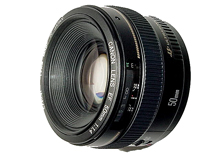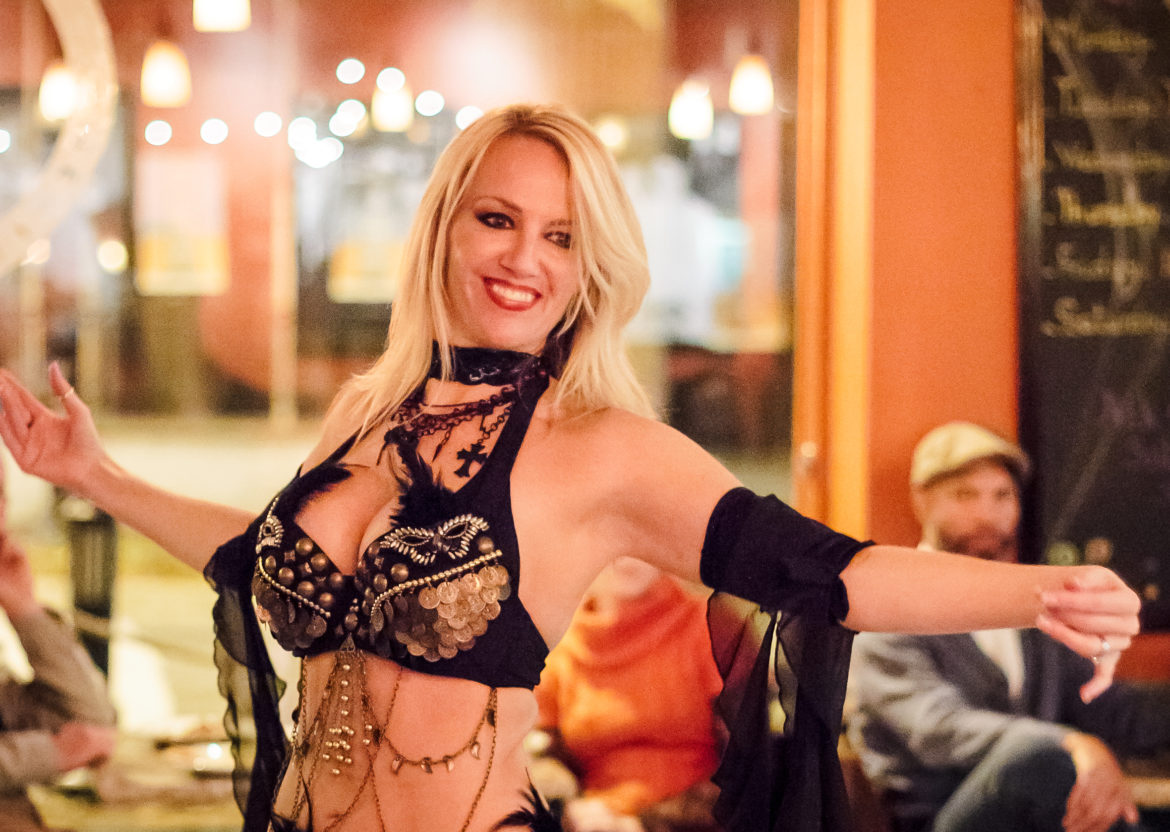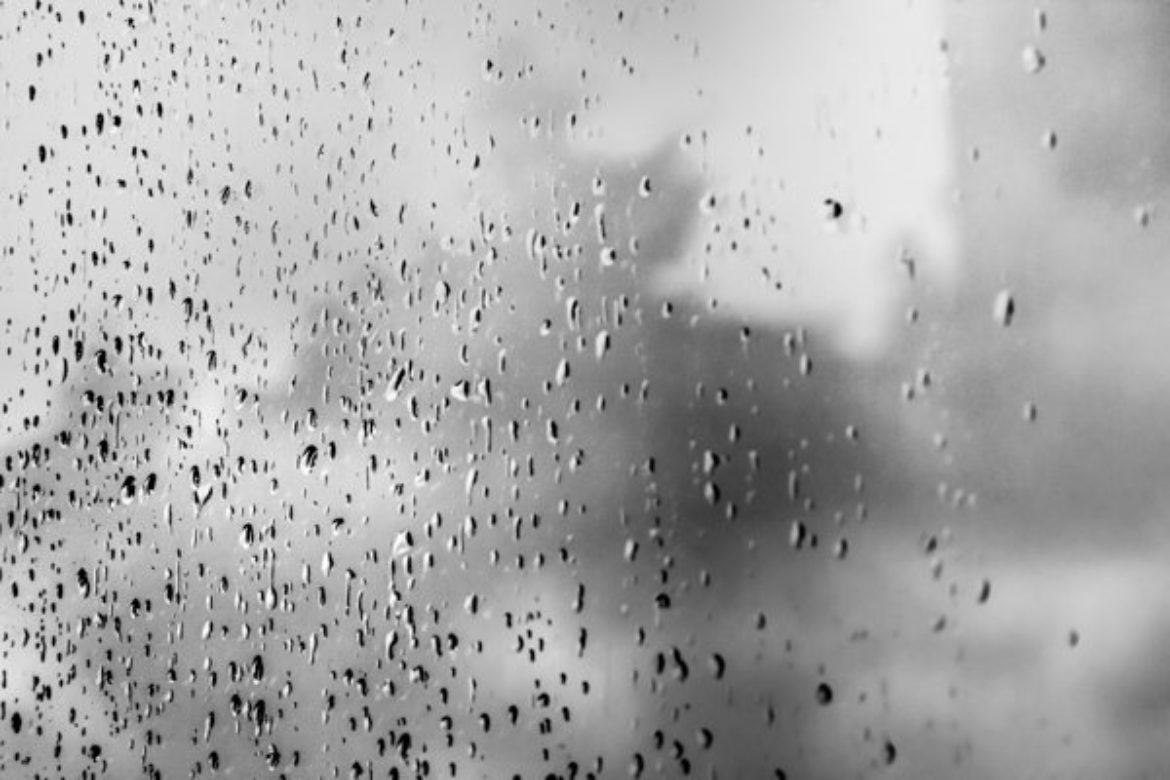In praise of using prime lenses
Like many others who bought the Canon Digital Rebel (aka 300D), it came with the kit 18-55mm lens. After spending so much on the camera, there was not too much left over for any other additional equipment. So much of my photography early on was using that particular lens.
In itself, it is a useful lens as it allowed for wide angle shot as well as close ups with the medium length telephoto (remember on the Rebel all lens factor at 1.6x). So the versatility was a greatly appreciated but I soon outgrew the lens. The problem was that at most apertures, the results tend to be quite soft and the colors always need a boost in the post-shoot processing. It was not just the softness that was bothering me but also that as I was doing indoor photography, the kit lens was just not fast enough; to get the image properly lit I used a flash. Using the bounce flash technique took some of the harshness off but it still made things look a bit unreal.
 To get the fast apertures with the perquisite sharpness and saturation there is only one real choice and that is using a prime lens.
To get the fast apertures with the perquisite sharpness and saturation there is only one real choice and that is using a prime lens.
As I was looking at portrait work, I needed a medium telephoto length to get the proper balance of depth of field so the 50mm seemed to be optimal. Canon offers two version of this lens. One was at f/1.8 max aperture and the other at f/1.4 max aperture. One half extra stop difference does not seem to be much of a difference but when shooting in those low light situations, you come to appreciate it. There is a drawback though as you find that in strong light conditions, you will yourself continually adjusting your aperture compensation all the way down as this lens tends to readily blow out highlights. But the bokeh is terrific and it makes my shots look quite marvelous. At the lower f-stops there is a bit of softness but narrowing it a bit allows the sharpness to snap into place.
But why not use a comparable zoom lens?
Well, there are compromises you have to consider. First of all, you will never find as fast as lens as a prime. In Canon’s lens lineup, the best you can ever do is a f/2.8 lens and generally giving up at least 2 stops at the higher zoom magnifications. Secondly, there is the cost factor. The 50mm prime lens will cost you about $350 while a comparable zoom, say the 24-70mm f/2.8 lens will retail about three times as much. On the other hand, a zoom does give the versatility you need in a walkabout situation taking landscape pictures as well as detail shots. Right now, I still use my 18-55mm lens primarily for its ability to take wide angle shots. But this versatility comes at a price as these zooms tend to be longer and heavier than primes.
I like my 50mm prime lens and so do quite a few other people as well. It provides the sweet spot between my Canon EF 17-40mm f/4L and my super zoom Canon EF 70-200mm f/4L. In low light portrait work, it has proved indispensable. I definitely will not leave home without it.



